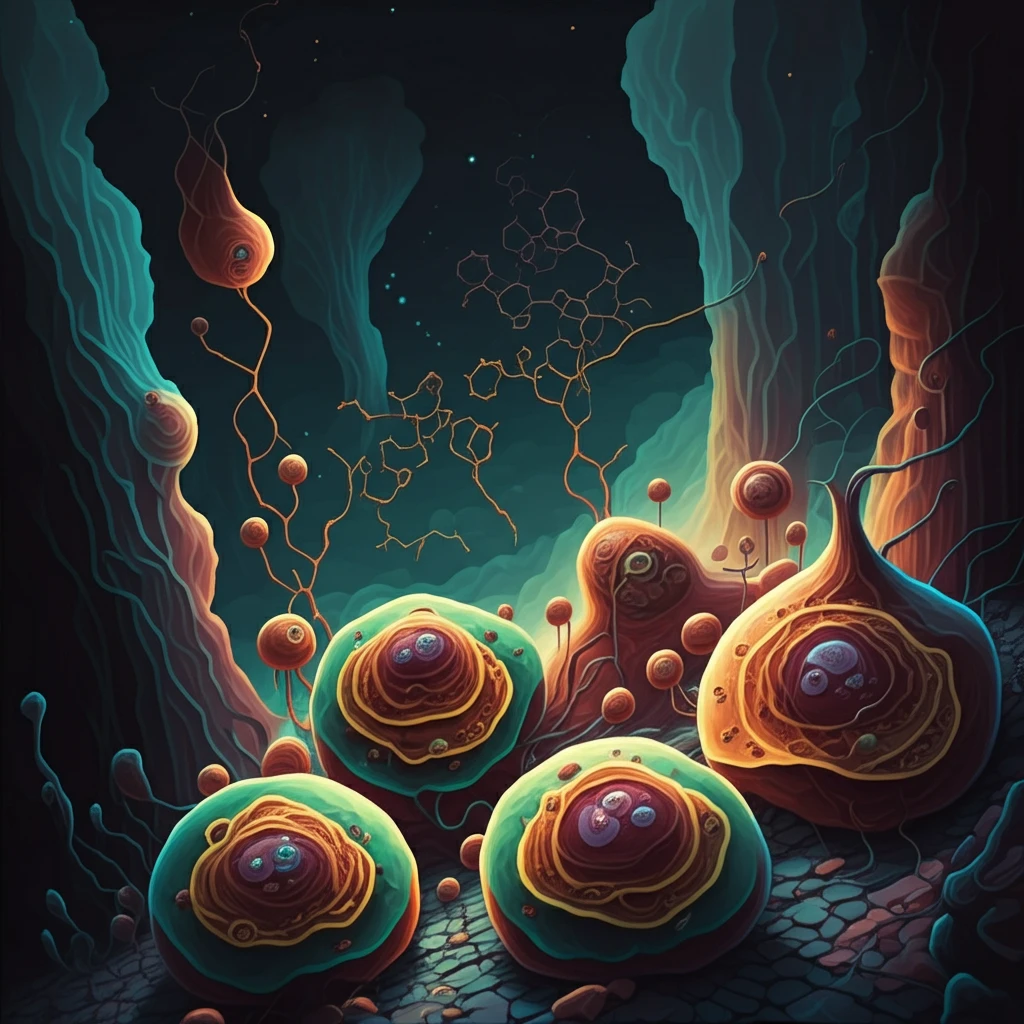
Decoding Chemotaxis: How Cells Navigate for Growth and Survival
"A simplified look at cutting-edge research on how cells use chemical signals to move and why understanding this process is crucial for medicine and technology."
Imagine a bustling city where everyone moves with purpose, guided by invisible signals. Now, shrink that city to a microscopic scale, and you have the world of cells. Cells don't wander aimlessly; they move in response to chemical signals in a process called chemotaxis, essential for everything from healing wounds to fighting infections and even how diseases like cancer spread. Understanding chemotaxis is like cracking a complex code, and recent research is bringing us closer to fully grasping it.
Chemotaxis is how cells approach the regions of highest chemoattractant concentration in a chemical stimulus environment, is essential for the early growth and subsequent development of organisms, and the mathematical study of this chemical system originates from the well-known (Patlak-) Keller-Segel model. Keller-Segel model describes the drift-diffusion interactions between the cell density and chemoattractant concentration at a macroscopic level.
This article breaks down complex findings from a recent study on chemotaxis, focusing on how researchers are developing new ways to model and predict cell movement using sophisticated mathematical techniques. The goal is to simplify these concepts for a broader audience, highlighting why this research matters and how it could impact future medical and technological advancements.
What is Chemotaxis and Why Does It Matter?

Chemotaxis, at its core, is the directed movement of an organism or cell in response to a chemical concentration gradient. Think of it as cells following a scent trail to a specific location. This process is fundamental in numerous biological functions:
- Immune Response: Guiding immune cells to infection sites.
- Embryonic Development: Helping cells organize into tissues and organs.
- Wound Healing: Directing cells to repair damaged tissue.
- Cancer Metastasis: Unfortunately, cancer cells also exploit chemotaxis to spread to other parts of the body. Understanding this could lead to new ways to prevent metastasis.
The Future of Chemotaxis Research
The study of chemotaxis is more than just an academic exercise; it’s a gateway to understanding the fundamental processes that govern life at the cellular level. By developing more accurate and efficient models, researchers can unlock new strategies for treating diseases, engineering tissues, and even creating bio-inspired technologies. The journey to fully decode chemotaxis is ongoing, but with each new discovery, we move closer to harnessing its power for the benefit of human health and innovation.
